Table of Content
- Introduction
- Ultrasonic Testing Explained
- What are the two types of Ultrasonic Devices?
- Importance of Understanding Sound
- Basis of Ultrasonic Waves in Ultrasonic Testing
- What is NDT?
- The Use of Ultrasound in NDT and its Merits
- Conclusion
- Key Takeaways
Introduction
Ultrasonic testing, often denoted as ultrasonic NDT, is grounded in the principles of sound waves.
This method involves the transmission of high-frequency sound waves into a material, followed by the analysis of echoes that bounce back.
The diverse applications of Ultrasonic Testing in NDT are evident, making it an indispensable tool.
Whether it's ultrasonic Weld Inspection, ultrasonic examination of aerospace components, or ultrasonic inspection of pipelines, this technique provides critical insights.
The applications and benefits of Ultrasonic Testing in NDT extend to various materials, from metals to composites, and even concrete.
This method preserves the integrity of the examined materials, and thus, is a cost-effective solution for many industries.
The precision and accuracy of ultrasonic test results further reinforce its Importance in NDT.
Ultrasonic testing, or Ultrasonic NDT Testing, is a cornerstone of Non-destructive Testing due to its non-invasive, versatile, and accurate nature.
Understanding how Ultrasonic Testing Works and its integration into NDT Processes is crucial in appreciating its significance in ensuring the reliability and safety of various industrial applications.
Ultrasonic Testing Explained
Ultrasound Testing is a significant technique in the field of Non-destructive Testing (NDT).
Years of its application and integration into various aspects of modern-day industries have led to exponential progress in its technology and implementation.
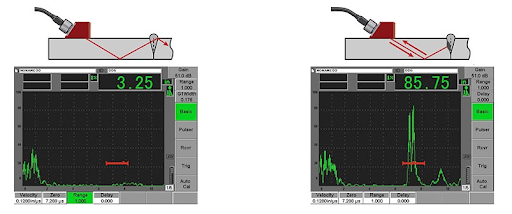
How does ultrasound testing work?
Ultrasonic testing inspection, a crucial technique in the realm of Non-destructive Testing (NDT), operates on the principle of high-frequency sound waves, making it a fundamental part of NDT techniques.
How is an ultrasound generated in ultrasonic testing equipment?
Ultrasonic waves are generated in Ultrasonic Testing Equipment used for non-destructive testing (NDT).
This equipment utilizes piezoelectric transducers to convert electrical energy into mechanical vibrations, producing the sound waves essential for NDT Inspection.
What are the different types of Ultrasonic Waves in NDT?
Within NDT, ultrasonic testing plays a pivotal role in examining the internal integrity of materials without causing damage.
It is one of the versatile NDT Techniques that rely on the analysis of sound waves to detect defects and irregularities.
In the field of Non-destructive Testing (NDT), there are primarily two different types of ultrasonic waves used for inspection, including ultrasonic test and ultrasonic inspection:
- Longitudinal Waves (L-Waves) in Ultrasonic Testing:
Ultrasonic testing, or ultrasonic NDT, often relies on longitudinal waves, also known as compression waves or L-waves.
These L-waves cause particles to move in the same direction as the wave, to traverse through the material.
Ultrasonic testing, using L-waves, is a versatile technique for examining the internal structure of materials, and it plays a crucial role in non-destructive testing (NDT) processes.
- Shear Waves (S-Waves) in Ultrasonic Inspection:
Shear waves, or S-waves, are another essential component of ultrasonic inspection, which is integral to NDT Techniques.
These waves induce particle motion perpendicular to the direction of the wave propagation, resulting in a shearing motion.
Ultrasonic inspection, with S-waves, is employed when materials or defects necessitate shear wave propagation for a thorough examination, making it a critical aspect of ultrasonic testing NDT.
These ultrasonic waves, both longitudinal and shear, are fundamental in ultrasonic testing, ultrasonic inspection, and ultrasonic NDT, and they are instrumental in detecting various defects, anomalies, and irregularities within materials, without causing any damage.
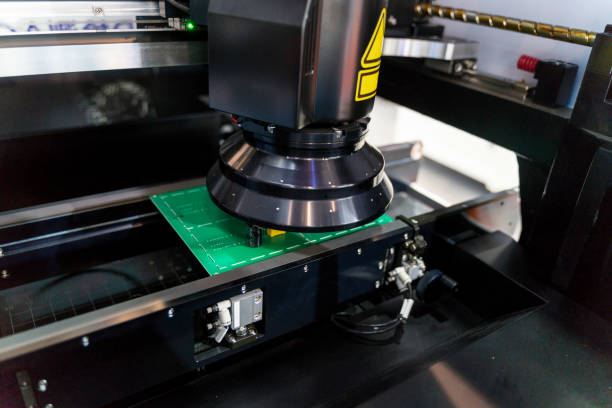
What is the frequency of ultrasonic NDT?
The frequency of ultrasonic NDT tests, a key aspect of Non-destructive Testing (NDT), can vary based on the material and the nature of the defects being examined.
Frequencies ranging from 1 MHz to 20 MHz or higher are commonly employed in NDT tests to provide the necessary sensitivity and resolution.
What are the two types of Ultrasonic Devices?
The two types of ultrasonic devices used in Ultrasonic inspection in the field of Non-destructive Testing (NDT), include the following:
1. Contact Ultrasonic Devices:
- Contact ultrasonic devices are essential tools in ultrasonic NDT Inspection.
- These ultrasonic inspection devices establish direct contact with the surface of the subject under examination.
- These devices consist of a transducer, which may be housed in a handheld probe that is held in close contact with the material to carry out the inspection.
- Ultrasonic NDT Testing, including ultrasonic examination, relies on the use of a coupling medium, such as gel or oil, between the transducer and the material.
- This medium facilitates the efficient transmission of ultrasonic waves into the material for a thorough inspection.
2. Immersion Ultrasonic Devices:
- Immersion ultrasonic devices are integral to NDT Ultrasonic Testing.
- This method involves immersing the material to be inspected in a liquid bath, typically water.
- The transducer is positioned within the liquid, and ultrasonic waves are transmitted from the liquid into the material.
- Immersion testing is a versatile approach in ultrasonic NDT, ideal for inspecting large or complex structures and materials that require uniform and consistent coupling between the transducer and the material.
Importance of Understanding Sound
Understanding sound is pivotal in the context of Ultrasonic Testing (UT) Examination, which includes ultrasonic test, ultrasonic testing, ultrasonic inspection, ultrasonic NDT, and ultrasonic testing NDT, for several key reasons:
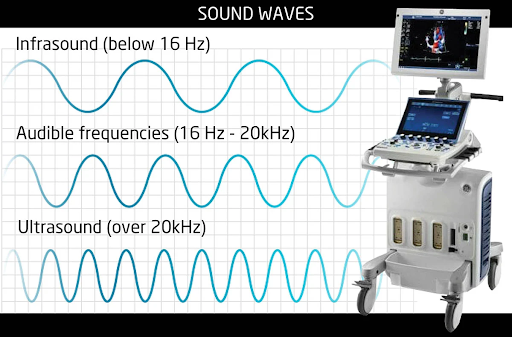
Basis of Ultrasonic Waves in Ultrasonic Testing
Ultrasonic testing relies on the generation and propagation of high-frequency sound waves through materials, making sound knowledge essential for comprehending this NDT Technique.
- Wave Mechanics in Ultrasonic Testing
Understanding sound, including wave mechanics, such as wave propagation, reflection, refraction, and interference, is crucial for interpreting how ultrasonic waves travel through materials and produce echoes, vital for defect detection.
- Acoustic Properties of Materials in Ultrasonic Inspection
Different materials exhibit varying acoustic properties, and a solid understanding of sound is key to interpreting how these properties influence ultrasonic wave behavior during ultrasonic inspection.
- Signal Analysis in Ultrasonic NDT
Sound analysis is a critical part of ultrasonic NDT.
Inspectors rely on their knowledge of sound to analyze the time taken for sound waves to travel through a material and interpret the reflected signals, discriminating between normal structures and defects.
- Calibration and Equipment Operation in Ultrasonic Testing NDT
Ultrasonic Testing Equipment requires precise calibration and adjustments, all guided by an understanding of sound-related concepts to ensure accurate results in ultrasonic testing NDT.
- Safety and Quality Assurance in Ultrasonic Tests
Knowledge of sound principles is fundamental for ensuring safety and quality assurance in Ultrasonic Testing.
It enables inspectors to use equipment effectively, make informed decisions, and maintain the integrity of structures and materials.
A comprehensive understanding of sound, especially in the context of ultrasonic testing, is paramount.
It enables inspectors to optimize testing parameters, make informed decisions, and ensure the reliability and safety of materials and structures, which is critical in ultrasonic inspection and ultrasonic NDT.
What is NDT?
Non-destructive Testing (NDT) is a set of methodologies that aid in the assessment of the state of material, components, and structures under evaluation without causing them any damage.
NDT is vital in modern industries as sustainability, efficiency, and output are of utmost importance.
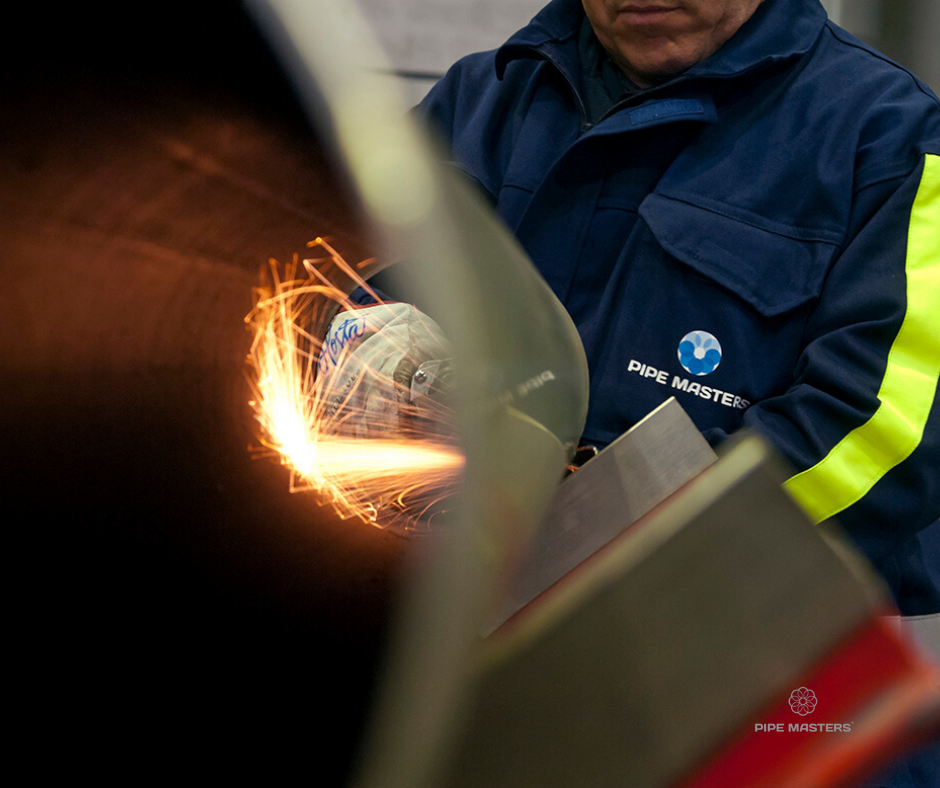
The evolution of NDT Technology has seen significant progress from simpler techniques like visual inspection and Schmidt Hammer Tests to more advanced methods, including ultrasonic testing and robot-assisted ultrasonic inspections.
Here's an overview of this technological progression:
- Visual Inspection:
Visual inspection is one of the most basic NDT Methods.
It involves a thorough visual examination of the material or structure to identify surface defects, irregularities, or visible damage.
While simple, visual inspection is limited to superficial clues and may not be an efficient method of flaw detection.
- Schmidt Hammer Test:
The Schmidt hammer test, or the Rebound Hammer Test, is a non-destructive method used to assess the hardness and mechanical properties of concrete and masonry structures.
It measures the Rebound of Hammer Test Graph Excel when it impacts the material's surface.
While it provides valuable information about surface properties, it is less effective at detecting internal flaws.
- Eddy Current Testing (ECT):
Eddy Current Testing (ECT) method utilizes electromagnetic induction to detect defects and material variations in conductive materials, especially suitable for aerospace and manufacturing industries.
It is used to inspect conductive materials for defects, such as cracks, Corrosion, or material thickness variations.
An eddy current probe generates a magnetic field that induces electrical currents in the material being tested.
- Ultrasonic Testing (UT):
Ultrasonic Testing represents a significant advancement in NDT technology.
It involves the use of high-frequency sound waves to inspect the internal structure of materials.
Ultrasonic waves are sent into the material, and the reflections (echoes) are analyzed to identify subsurface defects, measure material thickness, and assess the soundness of welds, among other applications.
Ultrasonic testing offers detailed and precise results, making it one of the most versatile NDT Techniques.
- Robot-Assisted UT Inspections:
The integration of robotics into NDT has further advanced the field.
Robots equipped with Ultrasonic Transducers are used to perform inspections in hard-to-reach or hazardous environments.
These robotic systems offer improved efficiency, safety, and consistency in inspections.
They are employed in industries such as nuclear power plants, oil and gas, and aerospace, where remote or complex inspections are required.
The progression from visual inspection and Schmidt hammer tests to Ultrasonic Testing and robot-assisted UT inspections reflects a continuous effort to enhance the accuracy, reliability, and efficiency of NDT Methods.
These advancements are driven by the need to detect increasingly subtle defects, improve inspection speed, and reduce safety risks for inspectors.
NDT technology continues to evolve, incorporating innovations like Digital Radiography, eddy current testing, and phased array ultrasonics to address specific industry needs and safety standards.
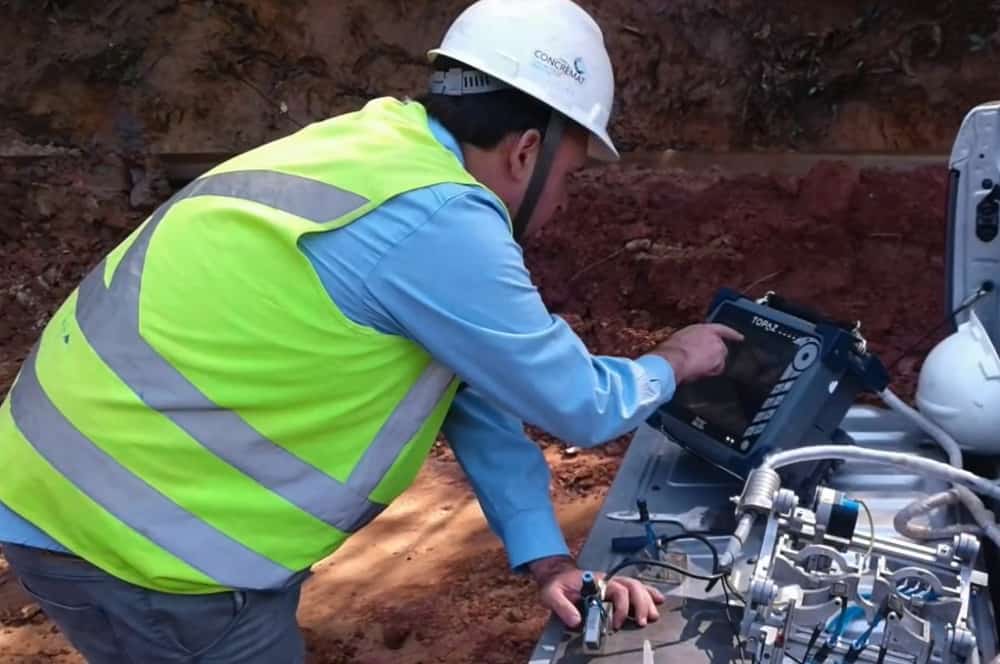
The Use of Ultrasound in NDT and its Merits
Ultrasound is a highly effective technique in Non-destructive Testing (NDT) and is employed to inspect and evaluate the integrity and quality of materials, components, and structures without causing any damage.
Here's how ultrasound is used in NDT:
- Generation of Ultrasonic Waves:
A transducer, which is an instrument used to convert electric energy into mechanical energy or vibrations, is used to generate ultrasonic waves.
High-frequency mechanical vibrations are generated by inducing an electric current within the Ultrasonic Transducer, which creates ultrasonic waves.
- Transmission into the Material:
The generated ultrasonic waves are then transmitted into the material or structure under examination.
To carry this out, the transducer is kept in contact with the test subject.
This could be carried out both in the presence or absence of a coupling medium, which aids in the sound transmission.
- Propagation and Reflection:
Ultrasonic waves travel through the material until they encounter an interface or a defect within the material.
When the waves reach such interfaces or anomalies, they partially or wholly reflect back toward the transducer.
This reflection occurs due to differences in acoustic impedance at these interfaces.
- Analysis of Echoes:
The reflected waves, also known as echoes, are received by the same transducer or a separate receiver.
These echoes are then analyzed in terms of the time it takes for them to return and their amplitude.
The time delay provides information about the depth of the reflector within the material, while the amplitude of the echo offers insights into the size and nature of the anomaly.
- Defect Detection and Characterization:
By analyzing the echoes, NDT Technicians can detect and characterize defects or anomalies like cracks, inclusions, etc within the material.
The thickness of the subject under inspection can also be determined using NDT Ultrasonic Testing.
- Data Visualization and Interpretation:
Ultrasonic inspection provides the facility of assessing data in the form of A-scan, B-scan, and C-scan.
Herein, the A-scan represents signal amplitude data, the B-scan represents the cross-section of composites, and the C-scan obtains the composition of the given subject.
- Application in Multiple Industries:
The versatility of ultrasonic testing makes it suitable for various NDT Applications, from weld inspection to corrosion assessment and flaw detection.
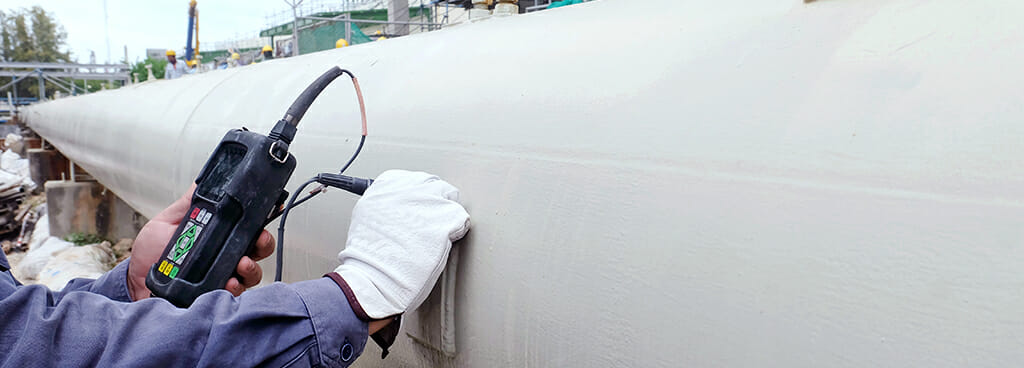
Conclusion
The convenience provided by Ultrasonic Testing (UT) cannot be overstated.
This method enables us to delve into the innermost layers of materials without causing any harm, thus unveiling concealed defects, such as cracks, voids, and irregularities.
UT's non-invasive nature, coupled with its precision and versatility, renders it suitable for a diverse range of materials, extending from metals to advanced composites.
This broad spectrum of applicability positions UT as a vital tool across industries, including manufacturing, construction, the Aerospace Industry, and the oil and gas sector, where the quality and safety of components and structures are of paramount concern.
The continuous evolution of UT promises its sustained utilization and popularity.
As technology progresses, so does our capacity to enhance the accuracy and efficiency of UT Inspections.
Innovations ranging from robot-assisted UT inspections to sophisticated data analysis techniques pave the way for refining and broadening UT's capabilities.
Its inherent adaptability to meet specific industry requirements and adhere to stringent safety standards ensures its enduring relevance in the realm of Non-destructive Testing (NDT).
Key Takeaways
- Ultrasonic Testing (UT) has revolutionized Non-destructive Testing (NDT) by offering a non-invasive, precise, and versatile approach to inspecting materials and structures.
- It can reveal hidden defects without causing damage and is applicable to a wide range of industries, from manufacturing to aerospace.
- Ongoing advancements in UT Technology, including robot-assisted inspections and enhanced data analysis, ensure its continued use and popularity in NDT.
- Its adaptability to meet specific industry needs and safety standards secures its role in safeguarding the quality and integrity of materials and components.









